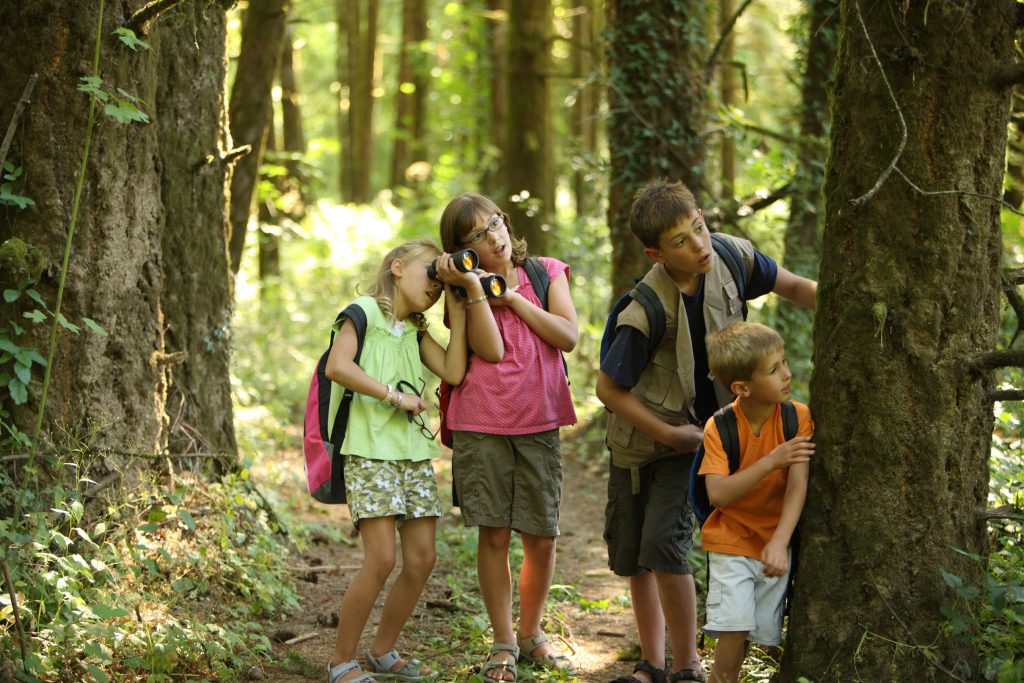For quite some time now, the adventure travel industry has been holding its breath awaiting the Connecticut Supreme Court’s decision in the very sad and emotionally devastating case of Munn v. Hotchkiss School. (In fact, the Adventure Travel Trade Association (ATTA) hosted a webinar on the topic in 2013.) The case involved a student tour participant who was bitten by a disease-infected tick while hiking the heavily forested trails of Mount Panshan in northeastern China. The insect bite resulted in life-altering, neurological damage to the young and promising student, who lost movement of her hands, suffered facial distortion, and developed a disorder that causes her to drool. The jury verdict resulted in an award of nearly $42 million USD against the school, which had arranged the trip.

As a result of the cases brought in connection with this matter, travel companies have become very concerned and alarmed that a new, higher duty or standard was being imposed. Adventure travel is on the rise, and the ATTA’s 2016 Industry Snapshot confirms this sector in travel has limitless opportunities for growth as travelers seek out adventure. There has been significant fear that this “new” Munn standard could potentially have a huge chilling effect on the industry.
The Hotchkiss School sought an appeal of the verdict in this case, questioning whether a student contracting this very rare tick-borne illness was foreseeable. An appeal was taken, and the Connecticut Supreme Court had to address two questions:
- Does public policy preclude the imposition of a legal duty on the school to warn and protect student participants and parents in connection with insect-borne diseases while on a trip abroad?
- Was the non-economic damages award in the lower court case excessive, and should it be reduced?
However, even though it appears very likely the decision and verdict will be upheld after further proceedings, it should cause no alarm within the travel community. It is seemingly logical, and it is really not a departure from the standards that have been imposed on tour operators for many years. In our opinion, it only appears to point out the failures of those organizing the trip for Hotchkiss and is a learning experience for the remainder of our community. It may even just serve as a reminder of how important risk management protocols are when conducting tour operations.
The alleged failures in this case were costly for all of those involved. They were particularly costly for the young, ambitious student traveler, who received no protection from the school for the risks she was about to encounter. Also, she was not provided important, relevant information necessary for her and her parents to make informed decisions and take any required precautions. Since her parents were not with her to assure her safety and well-being, someone should have been there to assure she wore clothing that covered her skin as well as appropriate insect repellent.
That did not happen, and it was a costly omission by the school. The ultimate cost to the school was large too — a $42 million USD verdict — but it can never compare to the costs associated with this young lady losing her health.
The court, in its decision, evaluated things in a very logical way. One does not have to be a legal expert to understand how and why the court reached the decision it did. The court discussed the fact that no information was provided to the parents or students in the itinerary indicating the visit to Mount Panshan was in a forested area, even though the majority of the remainder of the trip took place in urban or suburban settings. Clearly, this was a failure of risk management protocol and an operator’s duty to exercise due diligence and disclose its findings to its customers.
An email from the school to the parents had a hyperlink to the Centers for Disease Control and Prevention (CDC) website that erroneously directed users to a webpage addressing Central America rather than China — another example of risk management failure. The duty to disclose and inform is a keystone to good and proper risk management protocol. One of the key Hotchkiss trip organizers admitted to seeing the CDC page for China and that it contained discussions about tick-borne Encephalitis occurring in forested regions of northeastern China. The webpages discussed protection from these diseases by covering up the skin and using repellents containing DEET. This information was never conveyed to the students or their parents.
The information provided to the students and their families contained packing lists. While the packing list mentioned bug spray, it was only listed under a heading of miscellaneous items, which the court opined were seemingly optional items, such as travel umbrellas and musical instruments. It did not stress the importance of insect repellant need and use.
Although they were going to be traveling to a heavily forested area, nobody warned the students or parents before the trip commenced. At the time of the excursion to the mountain area, nobody warned the students to wear clothing that would protect them against insect bites nor to apply repellent to their skin and clothing. Most of the kids wore T-shirts, tank tops, and shorts with exposed skin. This, too, was a complete failure on the part of the school in connection with basic risk management obligations.

Furthermore, the hike back down the mountain trail was a departure from the planned itinerary. The person in charge who allowed that deviation failed to exercise reasonable judgment by permitting this change, knowing the trail was heavily wooded and the students were not appropriately dressed. Also, it was a failure by not knowing what they might encounter on the hike down.
The court reasoned that a special relationship exists between schools and their students. When the school assumes physical custody and control over its students, it effectively takes the place of the parents and guardians. Any decent parent would have assured his or her child was appropriately dressed and wearing insect repellent when venturing into a heavily wooded area. Hotchkiss did not assure that this happened. This, too, was a complete failure on the part of the school and/or its guides or chaperones.
The court did, however, clarify the school’s obligations were not limitless, and it was not an insurer of the safety of its students. It was only obligated to exercise such care over students in its care and charge that a parent of ordinary prudence would exercise under comparable circumstances. The duty to warn and protect does not amount to an absolute guarantee of safety, nor does it require under every circumstance that every possible precautionary measure be taken.
The court further reasoned that imposing a duty on the school is not akin to imposing absolute liability, and it only affords an opportunity for a claimant to prove to a jury that the injuries were foreseeable, the defendants failed to take reasonable steps to avoid them, and this failure was a substantial factor in causing the injuries. The court indicated that, while tick-borne Encephalitis is not a common or widespread illness, when it does strike the results can be devastating. However, at the same time, some of the measures one can take to protect against it are simple and straightforward, such as covering exposed skin, applying insect repellent containing DEET, closely checking one’s body for ticks, and avoiding the woods in areas where the disease is known to be present.
So, what does this mean for adventure tour operators?
Don’t be alarmed. The decision is in no way a game changer, but treat it as a very sad reminder.
Continue to exercise due diligence in your research of destinations. Learn and know the risks that are specific to the location. Disclose those risks to your travelers. Be very cautious about changing the itinerary or activity unless you are confident the change does not alter the risks already conveyed to the traveler.
Additionally, this is a good time to take a hard look at your terms and conditions and reassess information being conveyed. Are the risks tailored to the trip? Always do the best job you can, but don’t obsess. Unfortunate things can happen, no matter how hard you try.
